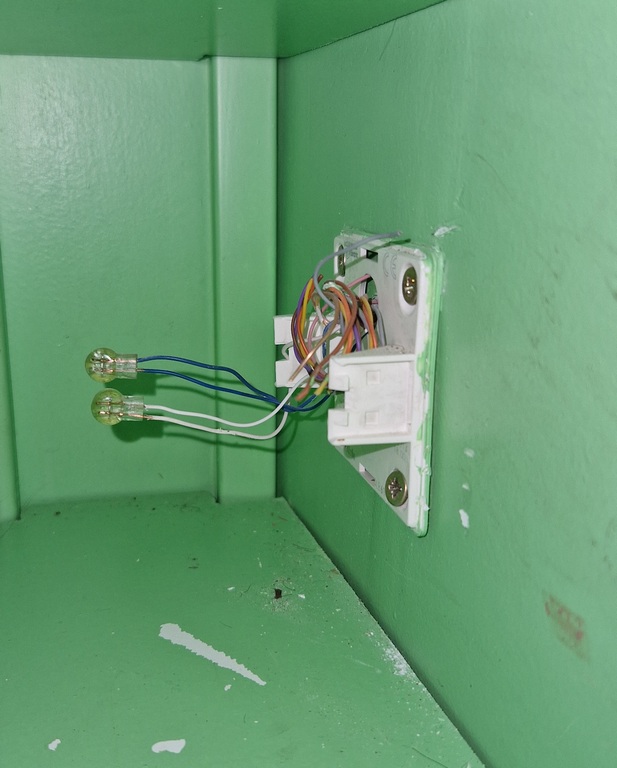For context, this is in France, in a building where this part of the cabling is probably around 25+ years old.
My apartment has an intercom to answer and open the building door. It is quite simple: there is a single circuit for both the voice and the trigger to open the door. The door is opened by short-circuiting the circuit (during this time you obviously cannot talk).
The original place of the intercom was right next to the door (this is what I saw at my neighbor's), it has been moved elsewhere by a previous owner. At the place where the old intercom was there is a junction box with a bunch of open-ended cables and two wires that have been patched to move the intercom.
What I do not understand is how they have been patched, specifically the something that connects them
The wires do not come out of the connectors when pulling (but I did not try to pull too hard)
There is a 10V tension between the blue and white wires, in line with the expected voltage for the intercom.
My question: what are these connectors? Can I swap them for a WAGO splicing connector?



